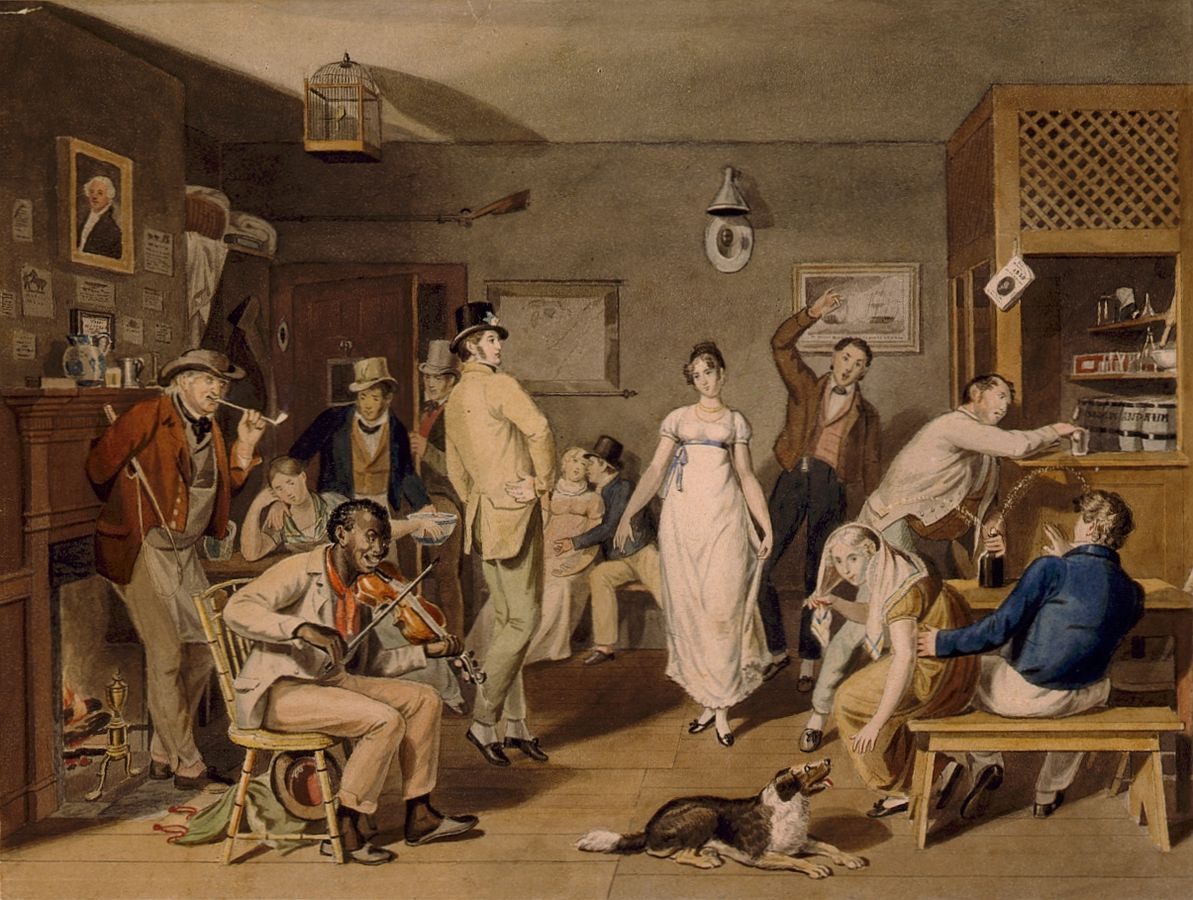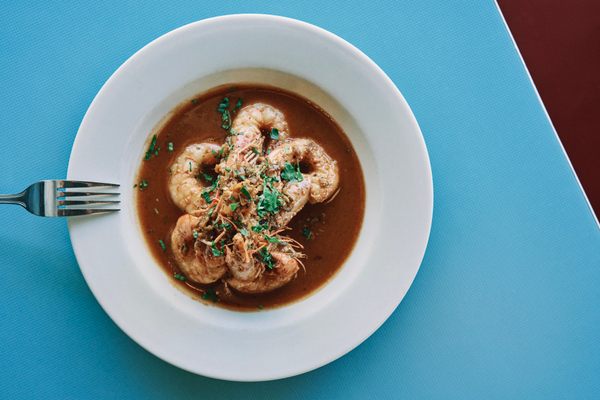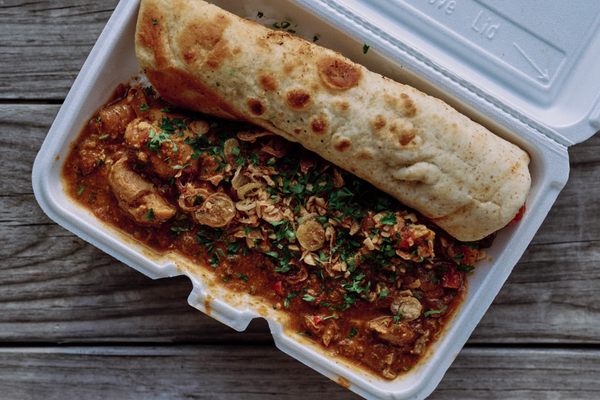The First Restaurants Only Served Soup
The meat-based broths they served were intended to “restore life” to patrons.

Trendy bone broth pop-ups are far behind the original restaurants, which only served patrons soup. (Photo: Hoyabird8/CC BY-SA 3.0)
Humans have always known, on some level, that soup is good for sickness. Recently, for example, studies have shown that chicken soup has soothing, anti-inflammatory properties. But even as early as the 12th century, physicians would recommend chicken soup to help fight a cold.
Perhaps more surprising, though, is that the world’s first restaurant, as we know it today, was all about liquid dining—specifically, broths.
In the 1700s, the French food service industry was a highly-regulated environment. As Christine Blau writes for National Geographic, at the time, city-dwellers did not have full personal kitchens in their homes, so they ate from communal platters laid out for guests at local inns, or at street vendors.
If they had the means, they could visit multiple such vendors, who each specialized in a particular trade, such as roasting meat or baking bread. At the time, authorities required butchers, bakers and food sellers to stick to their own trades. These street vendors, known as traiteurs, would typically belong to guilds based on the kind of wares they sold, such as the Pastry Guild, the Breadmakers Guild, or the Roasters Guild, etc.

A modern-day traiteur in France. (Photo: DC/CC BY-SA 3.0)
Around 1765, a man named Monsieur A. Boulanger decided to veer away from these regulations and open up a new kind of establishment in Paris. Though one could purchase food at inns and taverns, and the ancient Greeks and Romans had their thermopolia, it is Boulanger who is credited with creating our modern concept of a restaurant: A place where one can sit down between a range of times and order a meal that is cooked on the premises. According to Larousse Gastronomique, the French culinary bible, Boulanger set up an establishment whose sign proclaimed, “Boulanger débite des restaurants divins,” or “Boulanger sells restoratives fit for the gods.”
It is also from Boulanger, and the other soup-sellers that sprang up in his stead, that we get the word “restaurant.” At the time, “restaurant” meant “restorative” and described the meat-based consomme that was sold at these establishments. The word came from the French word “restaurer,” which means “to restore [life].” The broth was indeed thought to restore strength to people who were feeling unwell. (Somewhat counterintuitively, the first restaurants were entirely predicated on health, and not taste.)
At first, Boulanger’s consommes fell within regulation, but following the popularity of his eat-in concept, he began serving pieds de mouton à la sauce poulette–that is, sheep’s feet in white sauce. While this might not sound incredibly appetizing to us now, it certainly set Boulanger’s competitors on edge. They claimed that the new dish was no longer a soup, it was a stew.

Before Boulanger, European dining options were limited to taverns and inns–where there were a lot of other things going on. (Photo: John Lewis Krimmel/Public Domain)
Boulanger was brought to court for infringing on the monopoly of a local guild’s sale of cooked foods. He was clearly an enterprising man, however, and managed to convince the court that the dish was in fact a soup; he prepared the egg-yolk enriched sauce on the side and poured it over the mutton, while his competitors slowly cooked all the ingredients, including the meat, into a ragout.
As a result, Boulanger and his imitators were allowed to continue to thrive. Eventually, the French Revolution loosened up much of the regulation around these establishments. Within 30 years, over 500 new restaurants opened in Paris, and larger and more fanciful restaurants opened, such as the Grande Taverne de Londres in 1782.
Today, we have trendy bone broth pop-ups opening by the dozens to appeal to the health food market–but Boulanger cashed in on it first.
Gastro Obscura covers the world’s most wondrous food and drink.
Sign up for our regular newsletter.
























Follow us on Twitter to get the latest on the world's hidden wonders.
Like us on Facebook to get the latest on the world's hidden wonders.
Follow us on Twitter Like us on Facebook